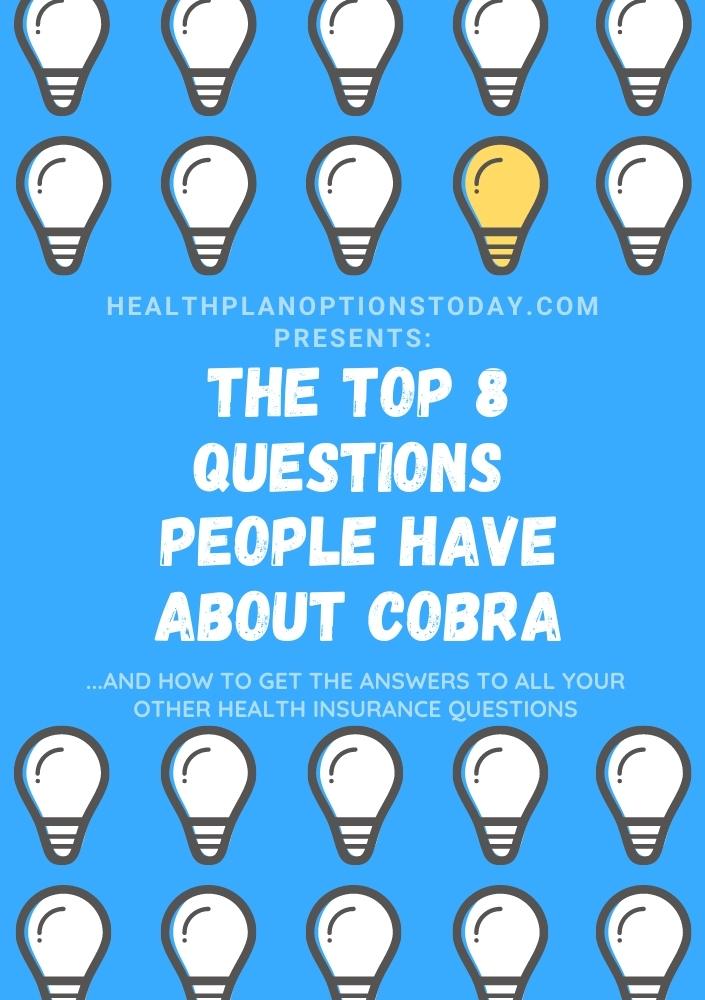What Happens To Health Insurance After A Divorce?
Divorce is not an easy topic to talk about. While the questions of “who gets the house”, and “what will happen with the kids?” are obviously the most pressing questions in this situation, divorce is so complex that there are likely hundreds of procedural questions that must be confronted before, during and after a split.
“I’m on my spouse’s health insurance, what will happen to me after we split?”
-The Most Important Divorce Question That No One Thinks About
After a divorce, your former spouse is supposed to cover your health insurance premiums but this only happens for a time. Many people forget that if paying the premiums is not part of the divorce settlements, you will be dropped from the other party’s health insurance plan once the divorce is settled. This is the reason why it is recommended that you know your options before taking up a health insurance plan. Here are a few options that you should consider for health insurance after a divorce.
COBRA and Divorce
A divorce will mean that you are left without your partner’s company health insurance plan. However, COBRA guarantees that you are still entitled to up to 30 months of insurance coverage (the length of the duration of cover is dependent on the circumstances of the divorce.) To qualify for COBRA extended coverage, your ex must be working in a firm with more than 20 employees.
However, there are some states with mini-COBRA that cover businesses with less than 20 employees. once the COBRA health insurance coverage is terminated, you are required to re-apply for the same within 60 days, only this time you will be the one paying premiums and not your former spouse’s employer. COBRA is appealing to divorced individuals who have already accrued a significant amount of medical expenses as they do not have to start over once their COBRA insurance policy is terminated.
Employer Health Insurance Coverage After Divorce
After a divorce, you are eligible for health insurance from the employer provided that you are under active employment. This option is considered to be more cost-effective compared to COBRA and does not drag your ex-partner into paying your premiums. However, one thing you need to understand is that this option can only be accessed during specific periods during the year. There are unique situations that can give you special enrollment to the Employer Health Insurance Plan as it is the case with a divorce.
How Divorce Affects Obamacare Health Plan
The good thing why you should consider Obamacare health insurance is because even with your employer’s health insurance plan, you are still eligible for the latter. This is because Obamacare is either run by the state or the federal governments. Obamacare is almost similar to the employer health insurance plan since you have 60 days after a divorce to apply for coverage during a period referred to as a special enrollment period. If the 60 days lapse without you having applied for Obamacare health insurance, then you would have to wait for the regular enrollment period that takes place towards the end of the year.
Short Term Health Insurance for Divorcees
Short-term health insurance is a good option for people who cannot afford Obamacare or feel that they are likely to get formal employment in the near future. Of course not every health insurance plan matches your budget for the same. There are a number of things that you should know about short term health insurance one of them being that this option is not for people with pre-existing medical conditions. This blanket exclusion sometimes makes this option unattractive to people since Obamacare and the employer plan allow people with pre-existing conditions to enroll.
In the event of a divorce, finding the right health insurance option should not be problematic as long as you know what to look for in the right plan. Divorce is a difficult event and if your judgment is clouded, chances are that you will rush to choose a health insurance plan that is not ideal for you and your family. For this reason, be sure to use Health Plan Options Today to help find a plan that will usher in the next chapter of your life while guaranteeing good health and wellness. Click the button below or call our hotline at 888-375-8879 to get started on your journey.
 Call Our Insurance Hotline:
Call Our Insurance Hotline:













